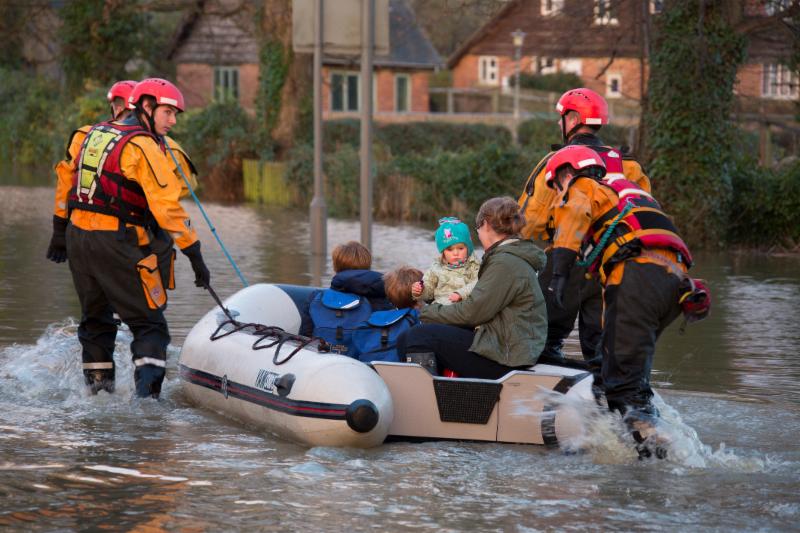
In the past few weeks, we’ve seen some incredible acts of nature happening in our country. From forest fires out west, to catastrophic hurricanes in Texas and Florida, many people are dealing with the aftermath of a disaster – including business owners.
According to a survey conducted by Nationwide Insurance, 75% of small businesses do not have a disaster response plan.
For the most part, people take the ‘it won’t happen to me’ approach in life, and the workplace is no different. A major hurricane may never affect your land-locked facility. But that is just one example of a workplace emergency.
To start, not all disasters are natural. Man-made emergencies can include:
- Domestic and international terrorism
- Infrastructure failures
- Accidents
- Employee violence
Regardless of where you’re located or the size of your company, you need a plan in case of a workplace emergency.
Not only is the right plan good for business, it’s a powerful employee relations tool. Employees who feel valued invest more in the company they work for. So what are you waiting for? Here’s where to begin:
Prepare First
Before you write up a disaster response plan, you first need a preparedness plan. This is proactive summary of how your organization will protect both life and property in the event of an emergency. A preparedness plan should include:
- A risk assessment that outlines the specific needs of your business. For example, if you operate expensive machinery, you will need to replace damaged equipment as soon as possible. If you rely heavily on digital information, securing your data at an offsite location is a priority.
- Emergency escape routes that take into account a range of scenarios from fire to an intruder. Your employees essentially are your business, and their lives should be of utmost importance.
- A designated response team that will take action following a disaster. Identify key employees to lead and assign certain tasks to departments based on their expertise.
- A list of vendors you would need to call following a disaster, from clients to suppliers. This way you can alert everyone in a timely manner.
Know your Allies
Next, make sure you know where to turn to for help following a disaster. The following organizations are great resources and can even assist you in creating a response plan that works for your particular needs:
In addition, consider purchasing business interruption or business income insurance. This can help bridge the gap in income if production is slowed or stopped altogether as a result of an emergency.
Respond with Confidence
In the unlikely event that you do experience a workplace disaster, this is when you put a response plan in place. Your disaster response plan simply carries out the steps in your preparedness plan. But how you respond depends on the type or severity of the emergency.
Right away, you’ll want to do an event assessment in order to determine your needs. Questions you should ask include:
- Is anyone hurt?
- Are there any essential components to operations damaged?
- Will business be affected? If so, to what extent?
- Are employees able to work remotely if the physical workspace is unsafe?
- How will response tasks be divided? The people needed to help with clean up or operations will depend on the extent of the damage.
Following the assessment, you can put your disaster response plan in place and progress towards getting back to business as usual in a timely manner.
No one likes to think about worst-case scenarios, and planning for one may seem overwhelming. With the tips above, the task can be simple. And with the right plan, everyone – from your employees to your clients – will benefit.

